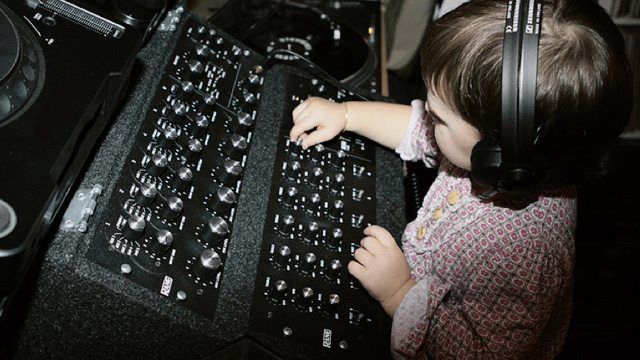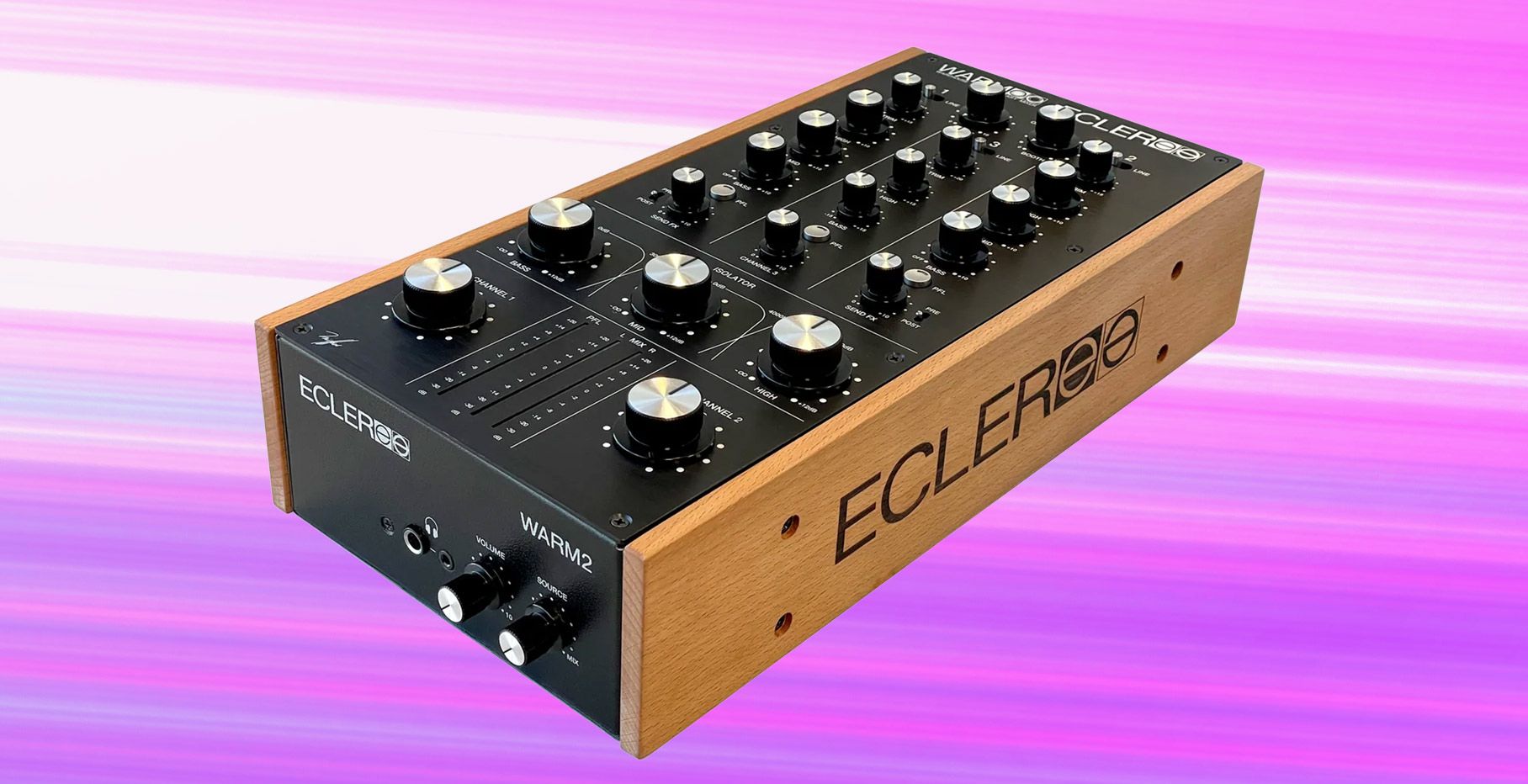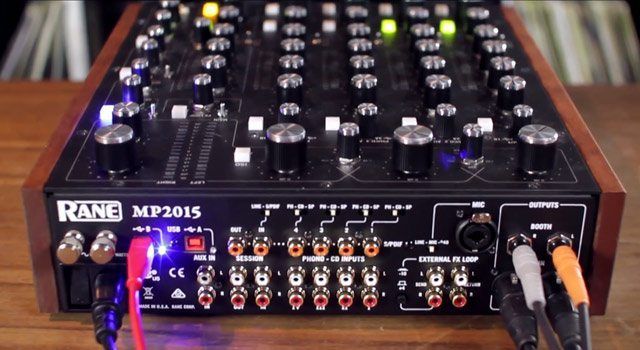In a natural followup to last week’s article comparing filters and EQs, it’s time to take a closer look at the powerful audio devices known as isolators. In today’s article, we take a look at what a DJ isolator is, how they came to be, how to mix with them, and who the modern auteurs of isolator mixing are. Read on!
WHAT IS AN ISOLATOR?

In basic terms, an isolator is a high quality, standalone DJ EQ with large knobs that’s attached to the master out. In contrast to traditional EQs, they are generally not used for the purposes of mixing, but instead to shape the sound and add color to your set. Isolators also feature wider frequency ranges, smoother pots, high quality amplification circuits, and much more gain per band (sometimes double).
In understanding how isolators work, it’s important to look back at the history of DJ technology. Isolators (and DJ EQs) come to us by way of their predecessor, the active crossover. Popularized by Richard Long Associates in the 1970’s, this device was a monumental leap forward. Brought about by new advances in discotheque sound systems, the active crossover allowed the DJ to split their mixer’s signal into bands by sending it through an op-amplification circuit and then through filters. These filters (low-pass, bandpass, and high-pass) route their respective frequencies to separate outputs which are then connected to their associated power amplifier and speaker–lows to woofer, fullrange (and later, mids) to drivers/horns, and highs to tweeters. This is called multi-amplification. Splitting the sound in this way results in greater speaker efficiency and higher fidelity in comparison to previous passive crossover designs that utilized one power amplifier for the entire system.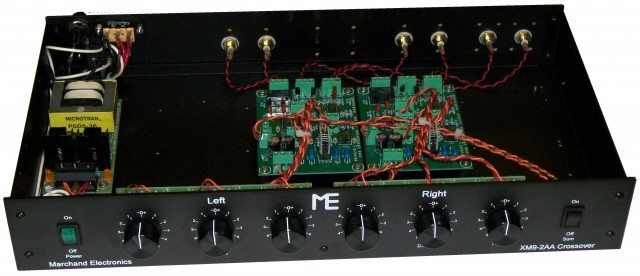
A consequence of this device was that not only did it make things sound better, but it also offered the DJ control over the gain of these frequency ranges via potentiometers. Early disco mixers with an eye towards enhancing their sets were quick to pick up on the fact that they could use their crossovers for dramatic effect. Caught up in the creativity of the moment these DJs learned to cut the signal going to the sub, amplify the signal going to the tweeters, and in general, work the overall sound as it went through the system.
The RLA crossover was an incredibly popular design and could be found in many of New York’s most famous clubs during the heydays of disco and house (Studio 54 and Paradise Garage being two big ones). Yet, despite its onetime popularity, the active crossover as a DJ tool had some drawbacks. Since it allows the DJ direct control over the volume of a given band’s speaker, the active crossover can cause blown speakers and hearing damage in the hands of someone that doesn’t know what they’re doing. Though still used to divide frequencies today, active crossovers are generally not used for dramatic effect (of course, there are some exceptions).
The progression from crossover to isolator is a simple one. The only real difference between the two is that the isolator collects the three bands into a ganged stereo output. This process castrates the crossover by making it effectively worthless for tri-amplification purposes. The DJ then no longer has control over the volume levels of each part of the physical soundsystem but instead is responsible for the relative volume levels of the bands in the overall master mix.
HOW TO DJ WITH AN ISOLATOR
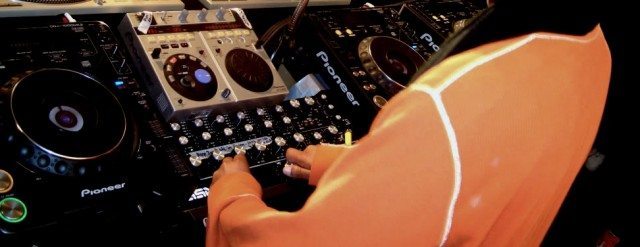
You might imagine that DJing with an isolator is similar to DJing with a DJ EQ. You would be fairly correct in that assumption. Yet, isolators afford more control over the music. When you roll off the bass on an isolator it takes out much more of the bass frequencies. For example, the E&S X3004 gives you control of everything from 10-300 Hz. Contrast this with the Pioneer’s DJM 800 bass EQ (10-100 Hz) and you get an idea of the difference in frequency range between built-in EQ and a dedicated isolator. Here’s a video of someone adjusting the frequencies on their E&S as a demonstration (note: it’s modded to not have as much gain).
Since the crossover days there has arisen an unofficial school of DJ technique that almost rivals turntablism in its complexity. Different than turntablism however is that none of these techniques have official names. Sure, you can cut the bass (who can’t?), but can you add tremolo to the midrange and make it sound good? The art of isolation is an art of unsubtle manipulation of dynamics and the easiest way to become inspired is by learning through example.
Final Notes
The past three videos all showed examples of people going nuts on the isolator. While it can be fun to do this from time to time, unless you are one of those top-notch DJs above, you ought to bare in mind the following axiom: “everything in moderation.” Going Joe Claussell on an audience that’s not attuned to it will only result in people wishing you would stop. A part of playing with dynamics and understanding how to use an isolator is to know when to let a track rest and allow the dancers to enjoy the music as it was recorded by the artist. Understand this and perhaps someday you’ll be able to achieve the level of euphoria exhibited in the next video.
POPULAR ISOLATORS
– Gary Stewart Audio ISO X
– Electronique Spectacle E&S X3004
– Dope Real Model 3300
– Thrive Bender
– Systems By Shorty SBS S3X
– Vestax DCR-1500
– Alpha Recording Systems ARS Model3500
– Bozak Iso-X
We want to hear from you: share your experiences and ask questions about DJ isolators in the comments!


